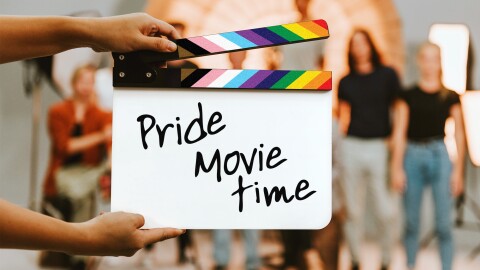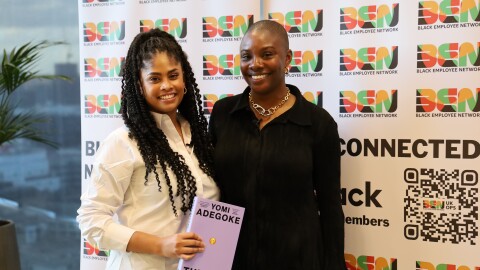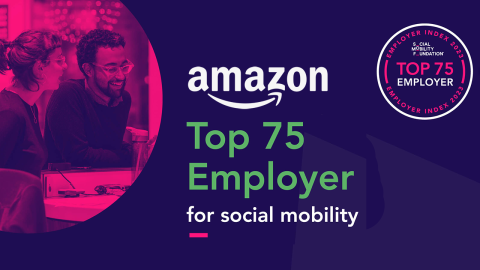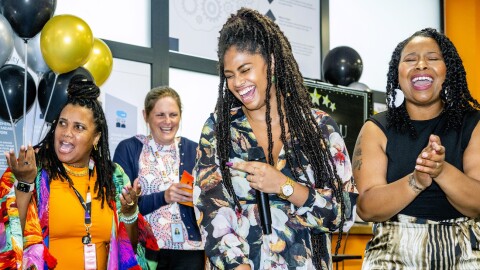As Head of Digital Inclusion for tech charity AbilityNet, Robin Christopherson is passionate about the ways in which tech can make our lives easier.
AbilityNet supports people of any age, living with any disability or impairment to use technology to achieve their goals at home, at work or in education. Through specialist advice, free resources and support, the charity is helping to build a more accessible digital world.
With more than 25 years’ experience advocating for digital inclusion, Robin has seen assistive technology evolve from specialist keyboards and mouse alternatives to the growing potential of Alexa-assisted devices like the Amazon Echo, which he considers a game-changer.
Disability comes in many different forms, and there are many examples of temporary impairment which also require accessibility features. Globally, the World Health Organisation estimates that more than one billion live with some form of disability – about 15 per cent of the world’s population.
As we celebrate World Sight Day (October 8), an annual awareness day to focus global attention on blindness and vision impairment, we spoke to Robin to find out more about digital accessibility.
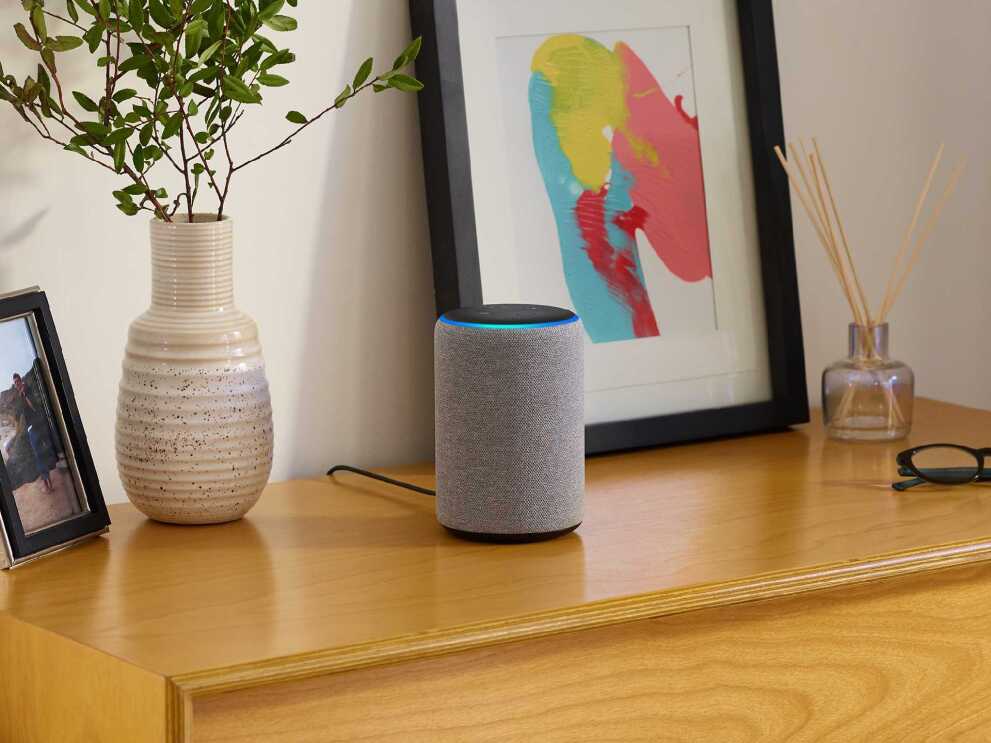
How has accessible design evolved over the last ten years?
Technology in general has always been empowering for people with disabilities. Being disabled often means you have to be tech-savvy to learn how to use assistive technology. When the tech empowers and enables us, we become enthusiastic users.
Going back a few years, in tech terms we would have been talking about desktop computers and devices which were largely reliant on screens, presenting a range of challenges for those with impairments.
Today, Alexa-assisted devices like the Echo have been a game-changer. They are part of a trend for technology to become life-changing for millions of people in the UK, and hundreds of millions globally.
For example, as somebody with a visual impairment, I now have my Echo Buds in my ears all the time, hooked up to devices around my home to assist with daily tasks.
The last three or four years of development in Alexa have been fascinating, and illustrative of how far the technology has travelled. The Echo initially arrived as a useful, functional product, but development into areas such as discoverability, third party skills and surfacing of new features has taken it to a new level. Built-in functionality to the Echo like VoiceView – screen-reading capability that gives the blind full access to Echo devices with a screen – have continued to add usefulness and choice to Alexa-enabled devices.
There has been huge excitement in the blind community about the advent of smart assistants and smart speakers. By leading with voice-first interactions, rather than relying on a screen, the many accessibility features of Alexa and the Echo create a level playing field across the entire family of products, regardless of ability or impairment.

Can you highlight your favourite examples of accessible design?
I’m a huge fan of Amazon products, the company has taken voice technology to a remarkable place. As an end-user, you can tell that accessibility isn’t an after-thought. Instead these features are baked into the design and development process. At AbilityNet, we want all tech companies to take that approach.
The potential of connected home and smart devices is also really exciting. That means connecting assistants like Alexa with other smart devices to control your lights, heating, doorbell, and much more.
For me, Alexa-enabled devices like the Echo are the most exciting right now. Outputting content via voice rather than a screen (although the screen content is available to me too via the built in VoiceView screen reader) means that people like me with a visual impairment can leverage a huge range of accessibility functions.
I was also interested to see the recent launch of Text Banner for Amazon’s Fire TV device, an assistive technology designed to help those with visual impairment resulting in a narrow field of vision. Text Banner works by consolidating the onscreen text of a selected icon into a compact banner that appears in a fixed location on the screen – and it works across the entire Fire TV user interface, Prime Video and all apps on Fire TV.
For daily updates on other examples of brilliant accessible design, my Dot to Dot podcast demos skills and built-in Echo features. The podcast is also available as an Echo flash briefing called The Daily 5 Minute Skill Demo Show.
Simply use a phrase like, “Alexa, enable the Daily 5 Minute Skill Demo Show” for a briefing and live demo about a new skill every day.
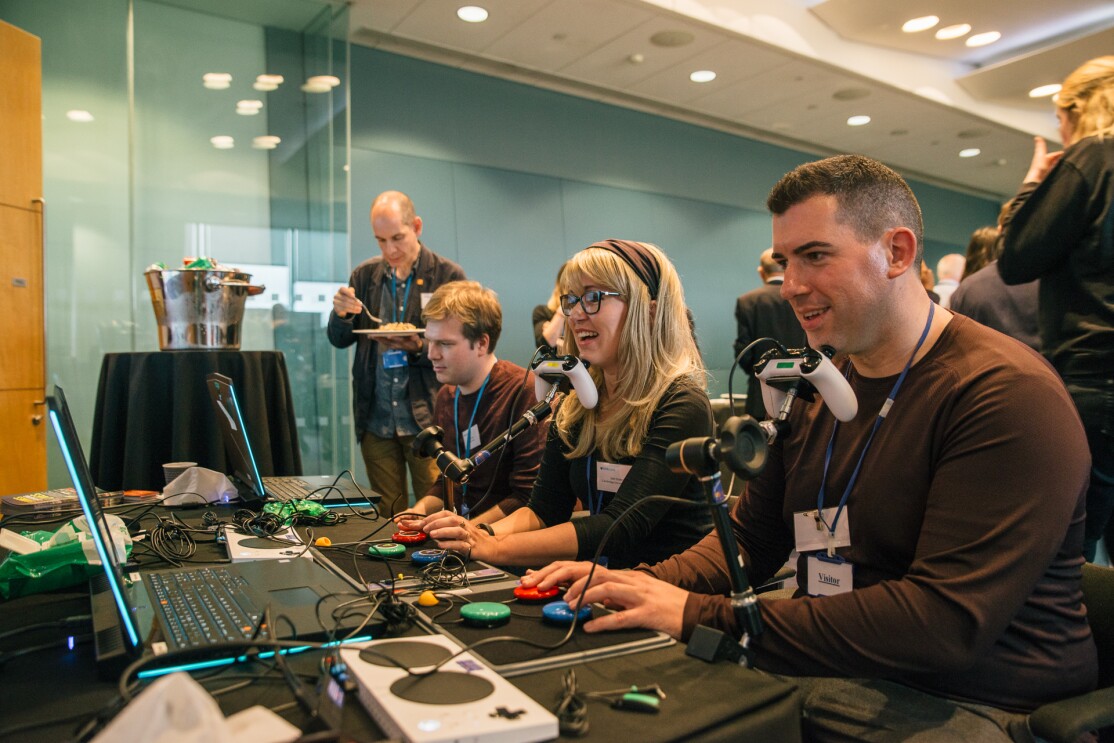
How can we continue to promote accessible design?
On a simple level, good technology speaks for itself. When the technology works, people adopt it, they act as advocates and its popularity snowballs.
But the landscape over the last decade or so has only evolved thanks to tech companies prioritising accessibility and working with organisations like AbilityNet to understand those needs and find solutions. There’s a bigger picture here regarding collaboration, integration and standardisation.
If you’re working on a development team, you should consider implementing user case studies for accessibility from the start of any project. It’s useful to have designated accessibility ‘champions’, but it should also be everybody’s responsibility and consideration.
Relationships between organisations like ourselves, the Royal National Institute for the Blind (RNIB) and Amazon’s employee affinity network People With Disabilities play a vital role as we continue to bang the drum and prove value.
Education is also important – when you look at the average university syllabus for computer science and studies, accessibility might only be one or two days in a three-year course. We would prefer to see it woven throughout those degrees as a fundamental part of the development process, rather than a bolt-on. This creates muscle memory in students – when they feel passionate about something, they take it forwards.
Whether you’re an end user, a developer or an aspiring computer engineer, our message to mark World Sight Day is simple: let’s make the digital world accessible to all.
AbilityNet provides a free helpline (0800 0487 642) offering trusted, independent, one-to-one advice about all technology for anyone with any disability of any age.
Find out more: What is accessible design and why is it important?




